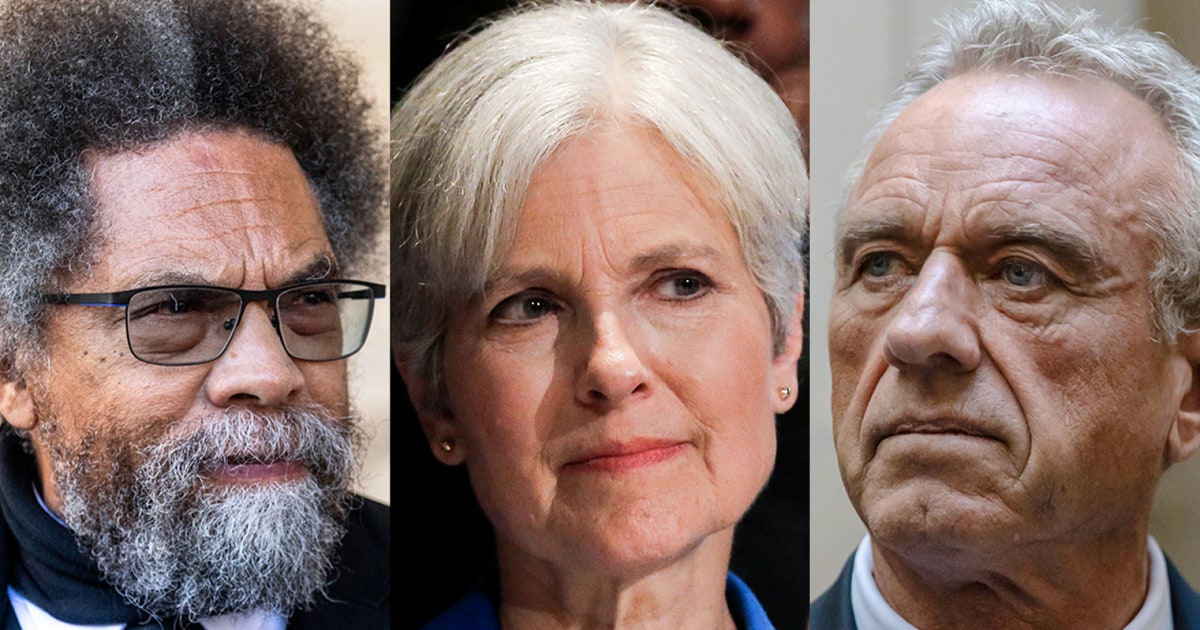Third-party candidates have played a big role in deciding key presidential battleground states in the last few years — meaning which (and how many) candidates will actually be on the ballot state by state could matter a lot in a close election.
That reality has led to a series of protracted court battles over ballot access across the country. In recent weeks, state supreme courts in North Carolina and Michigan issued different decisions, allowing Robert F. Kennedy Jr. to remove himself from the ballot in the first state but keeping him on the ballot in the second state. After spending millions to get on state ballots, Kennedy has attempted to pull back since endorsing former President Donald Trump.
Kennedy initially sparked fears among Democrats that the descendent of one of the Democratic Party’s most storied families could jeopardize their path to the White House. But Kennedy’s base of support grew more and more right-leaning in 2024, eventually pulling more from people who might back Trump. And there are still other third-party candidates, including some familiar faces and some new ones, whose presence on key state ballots could affect the November results.


